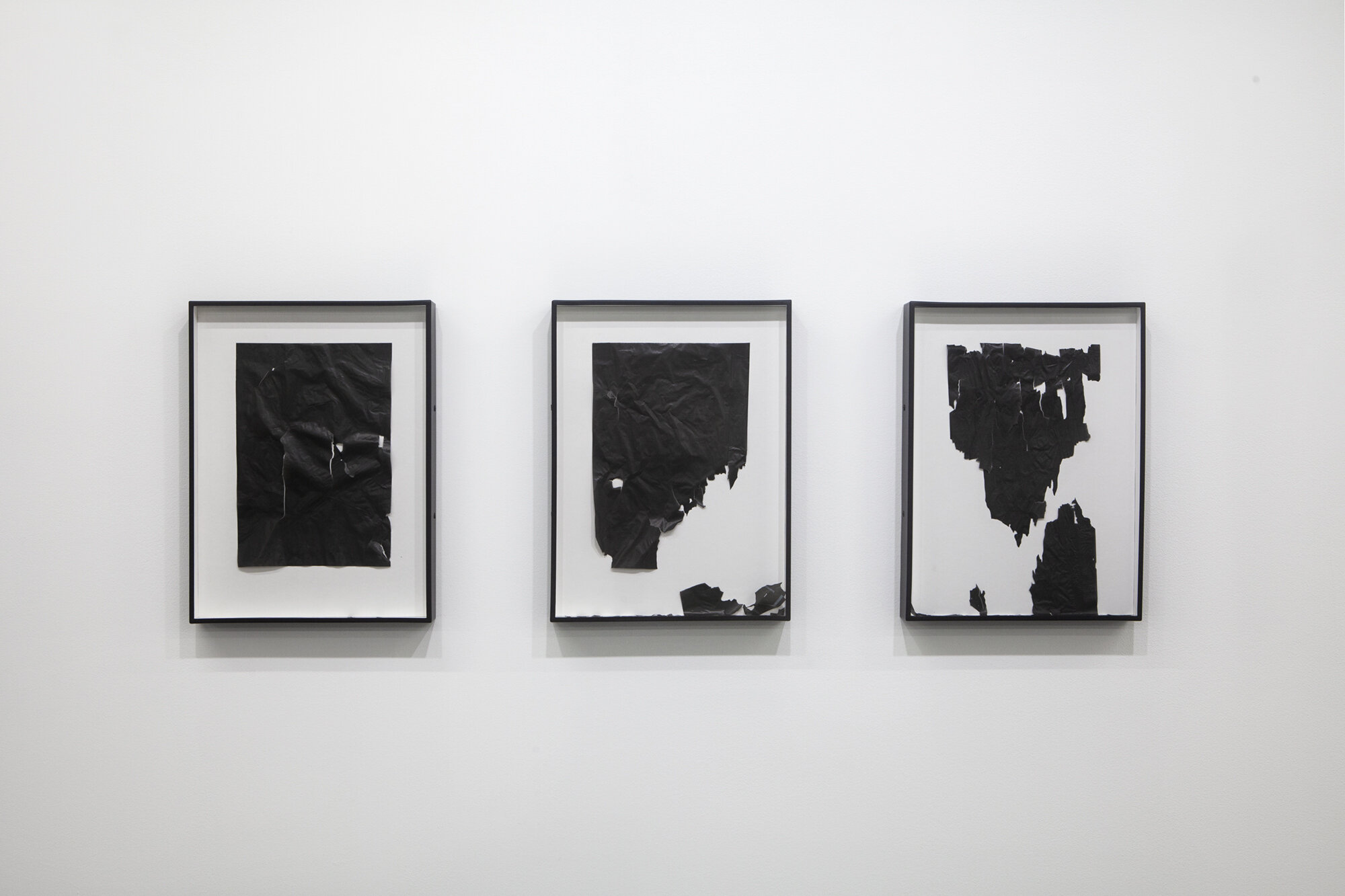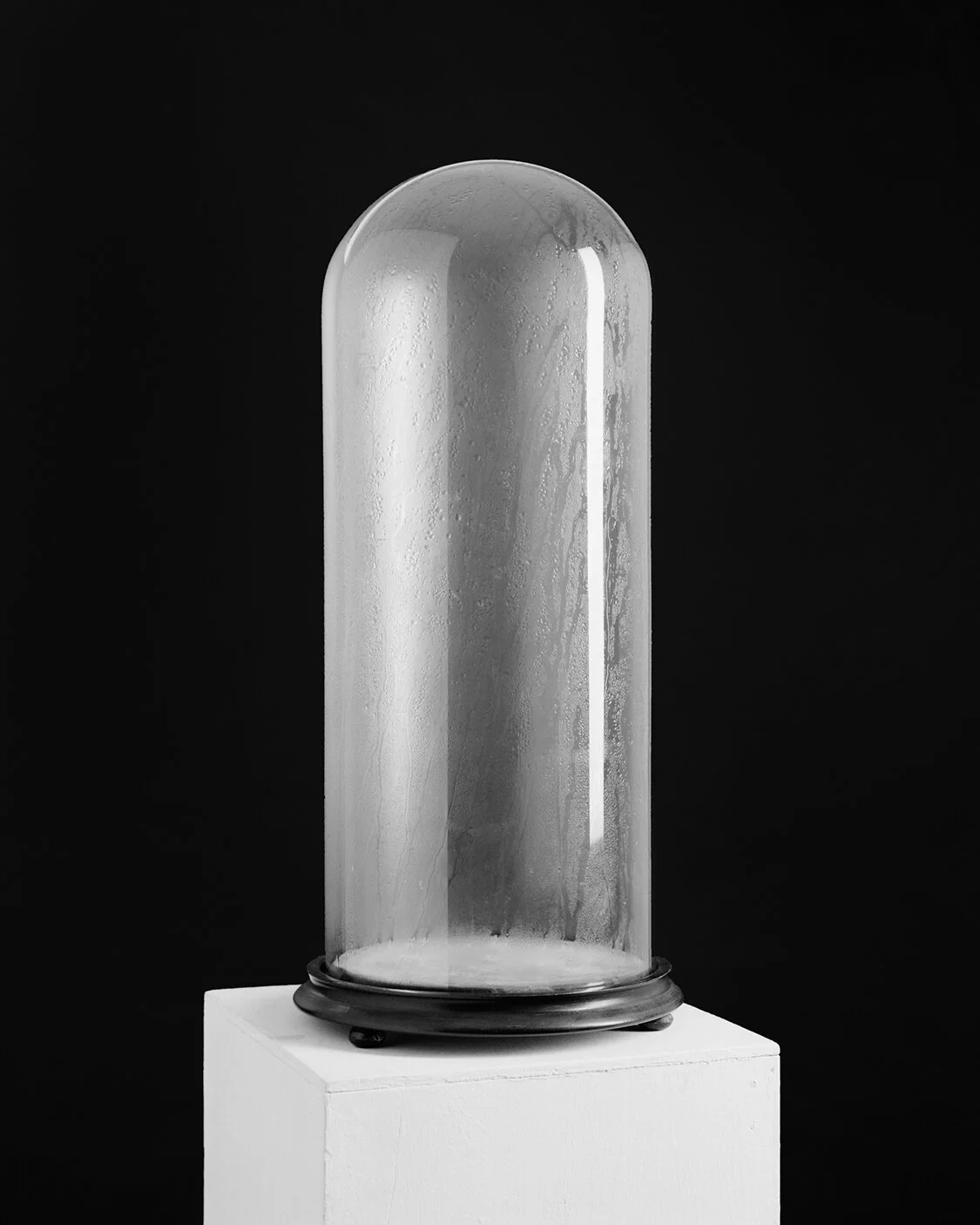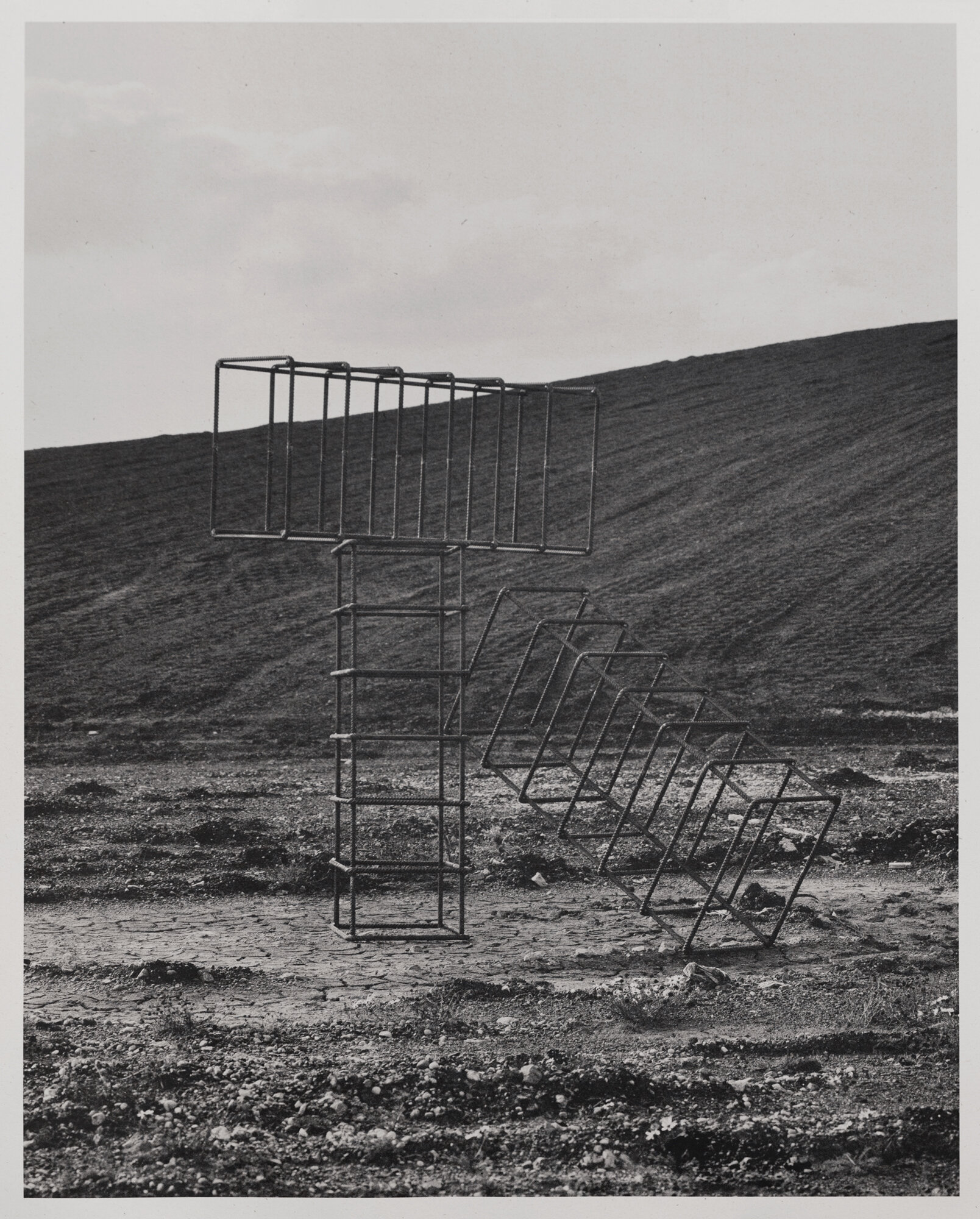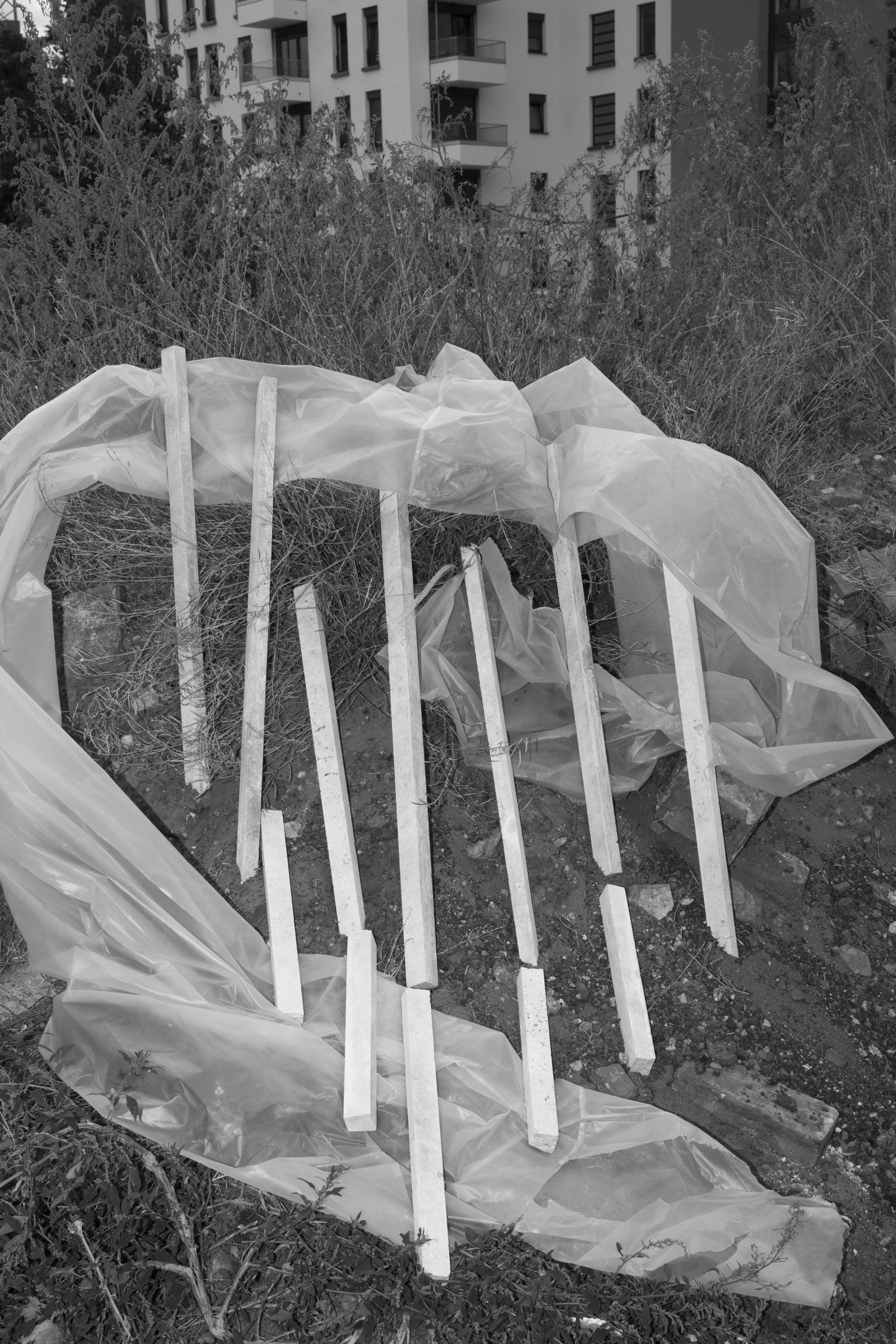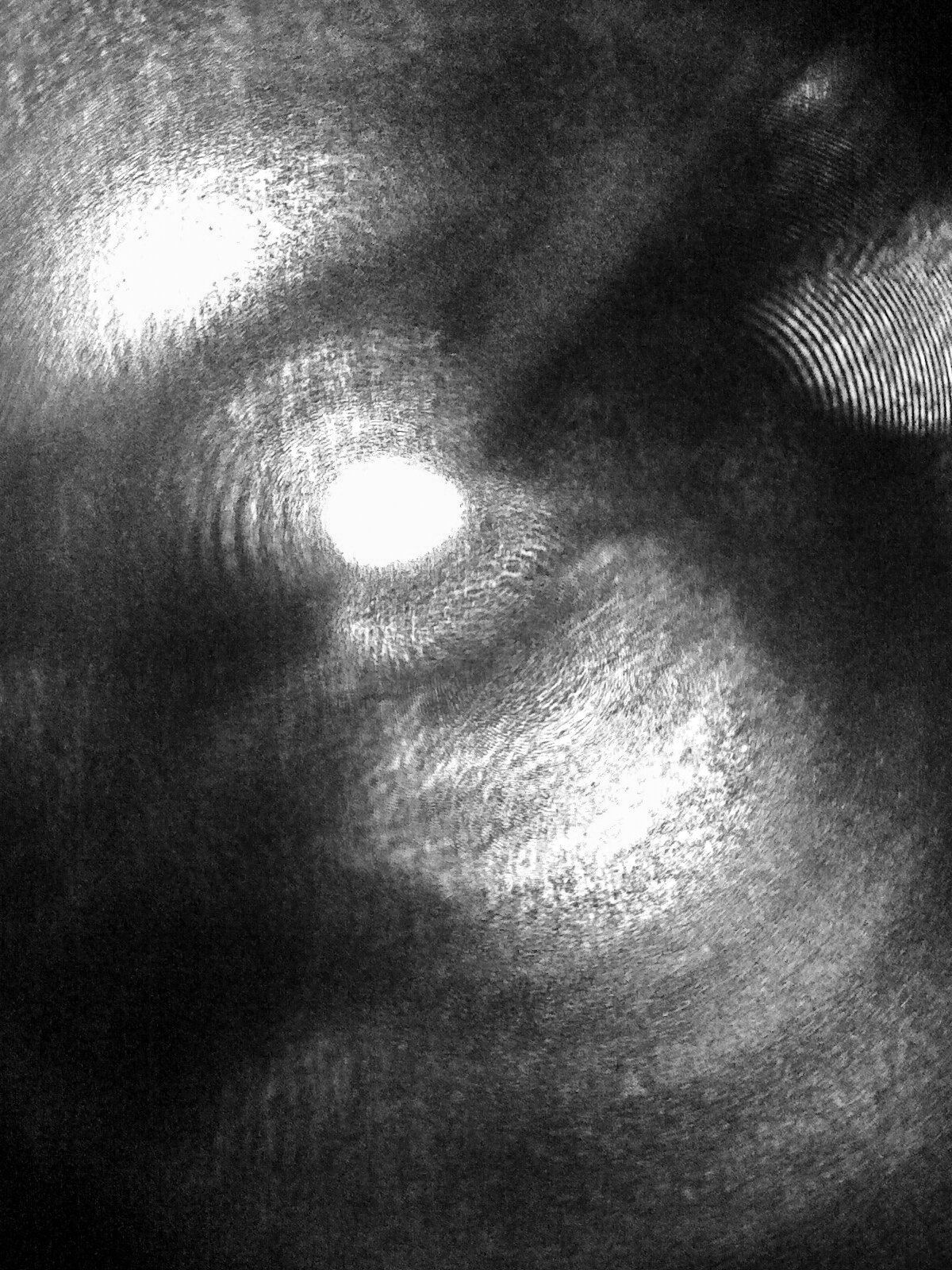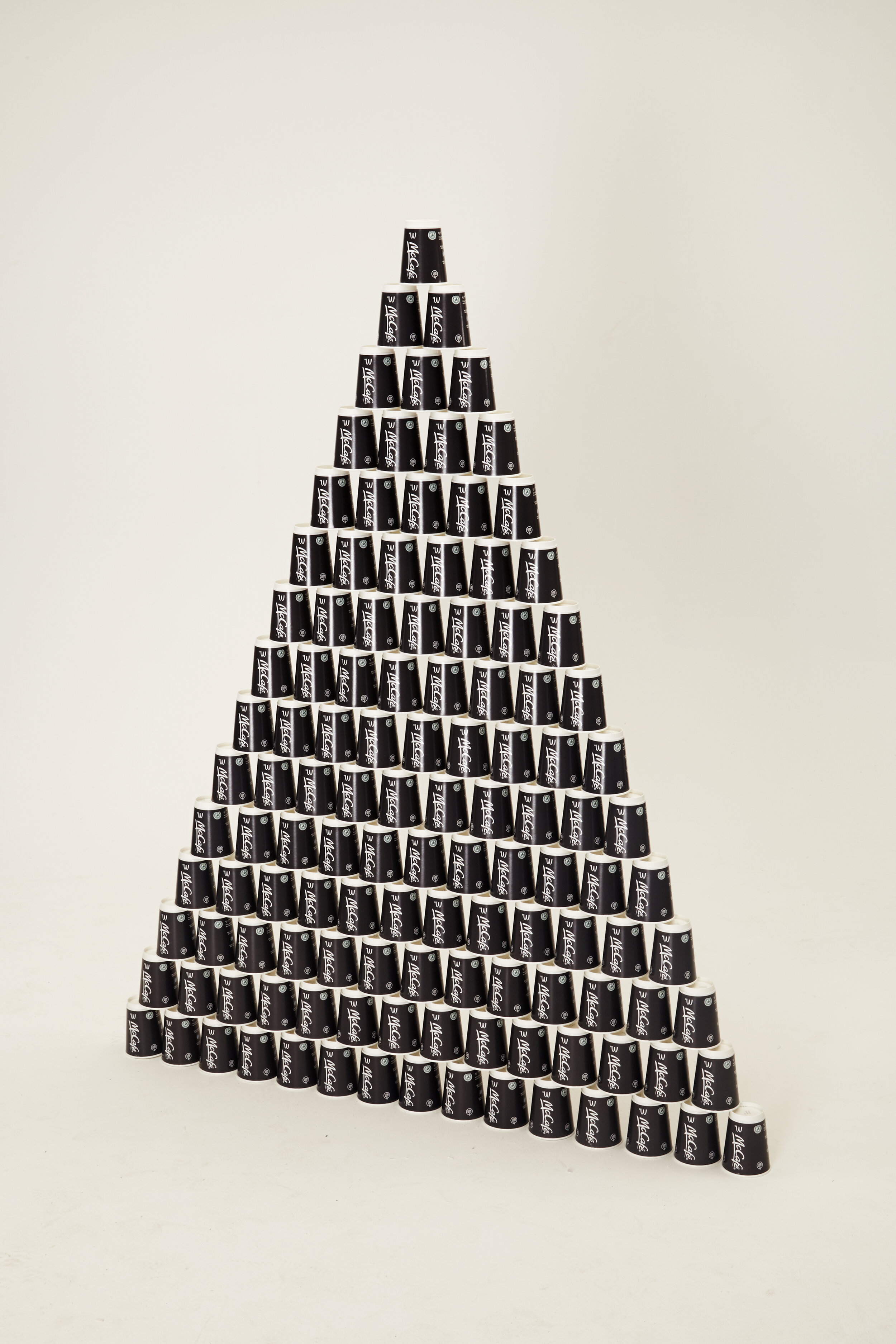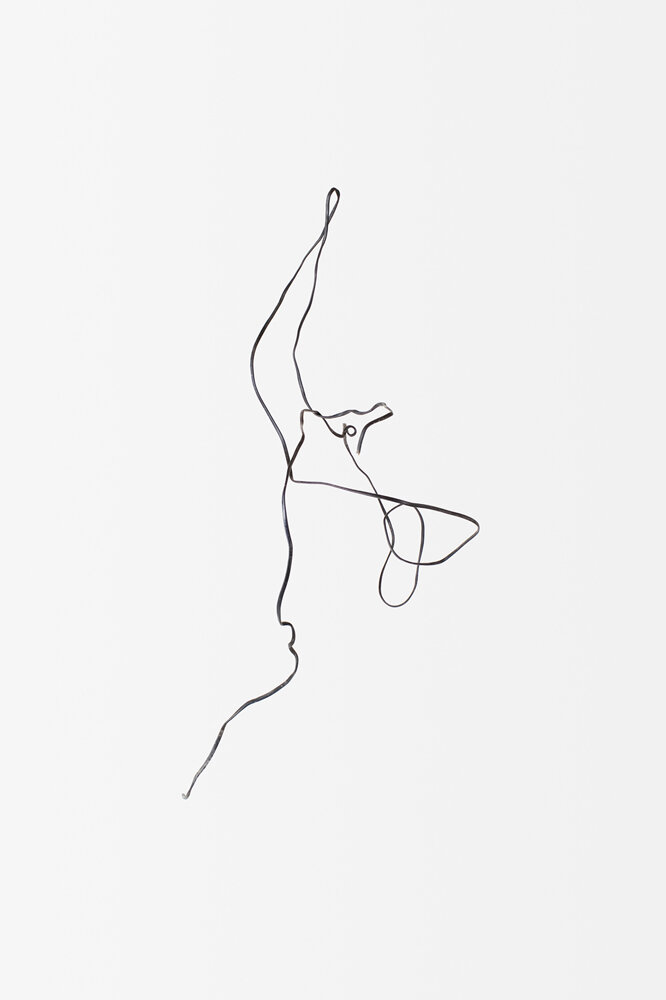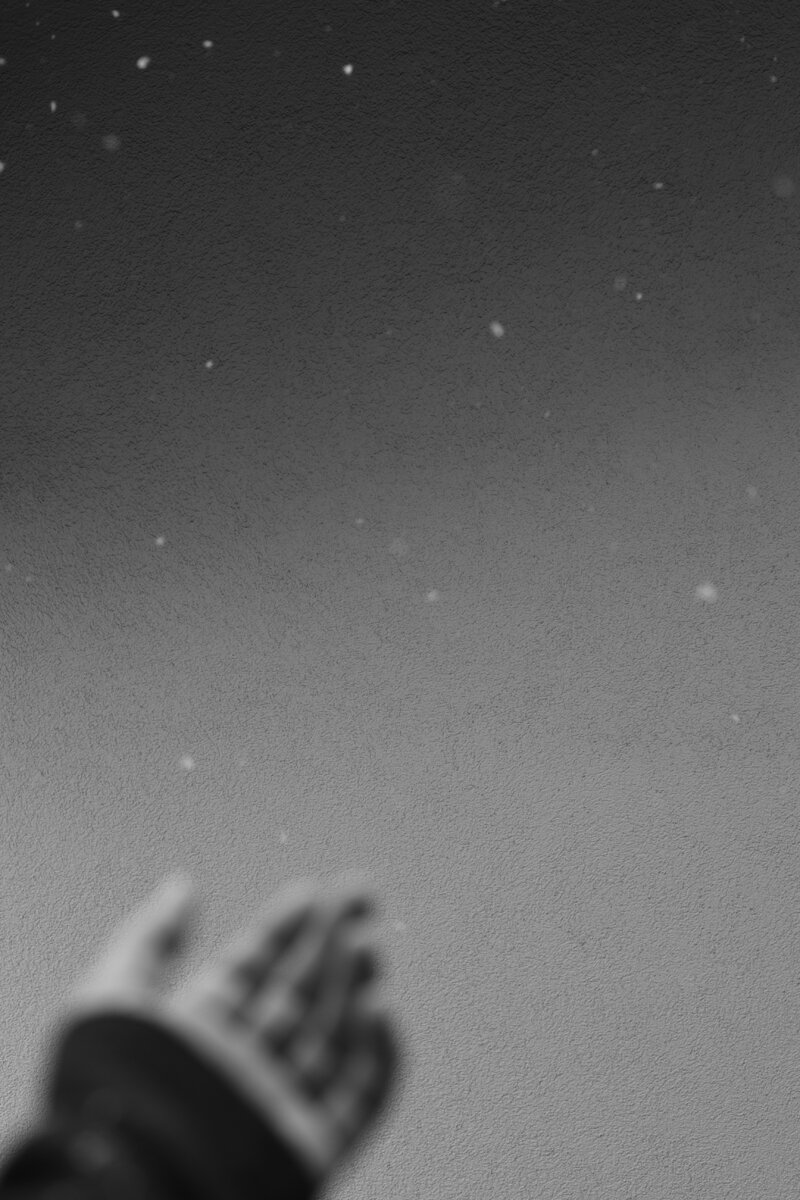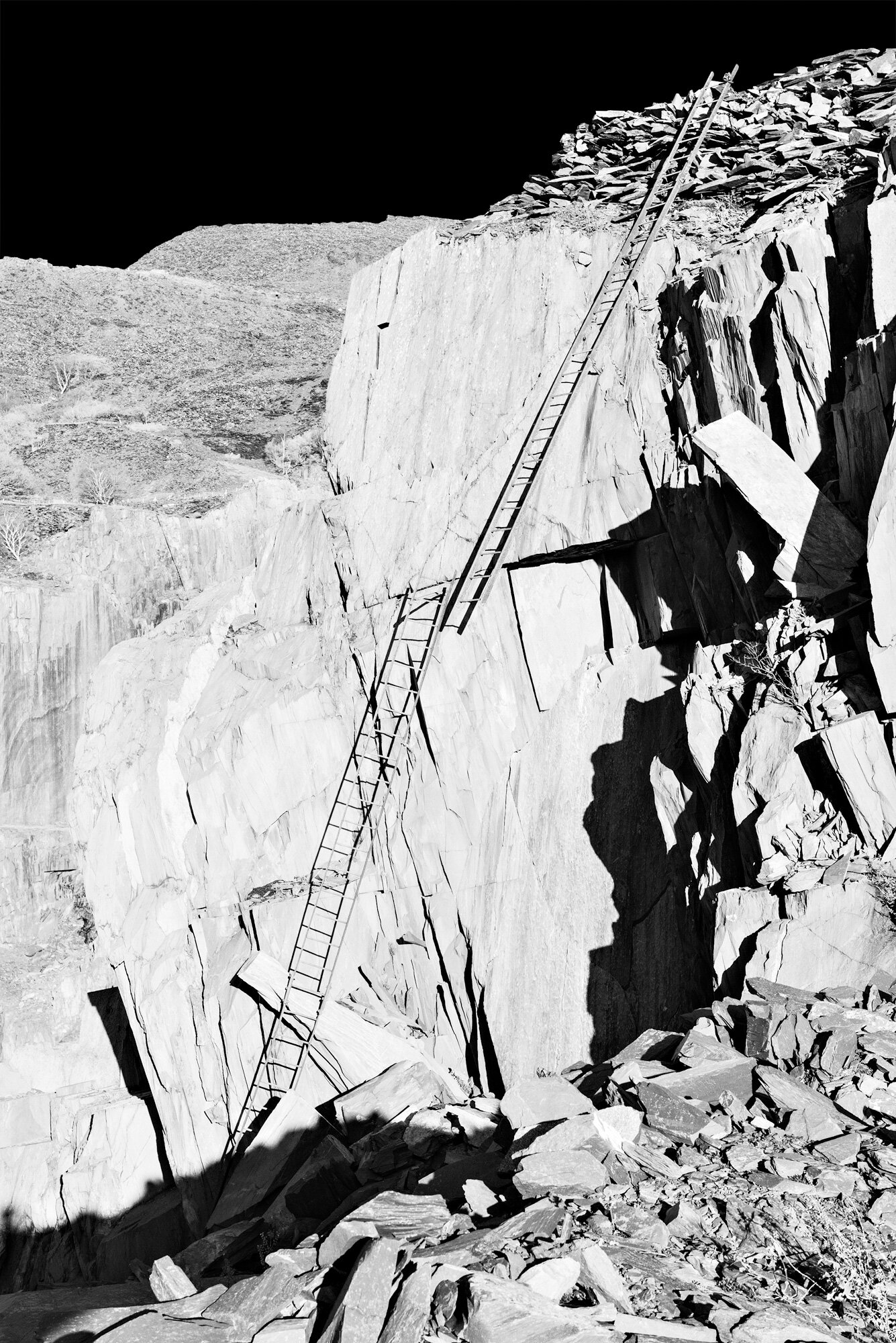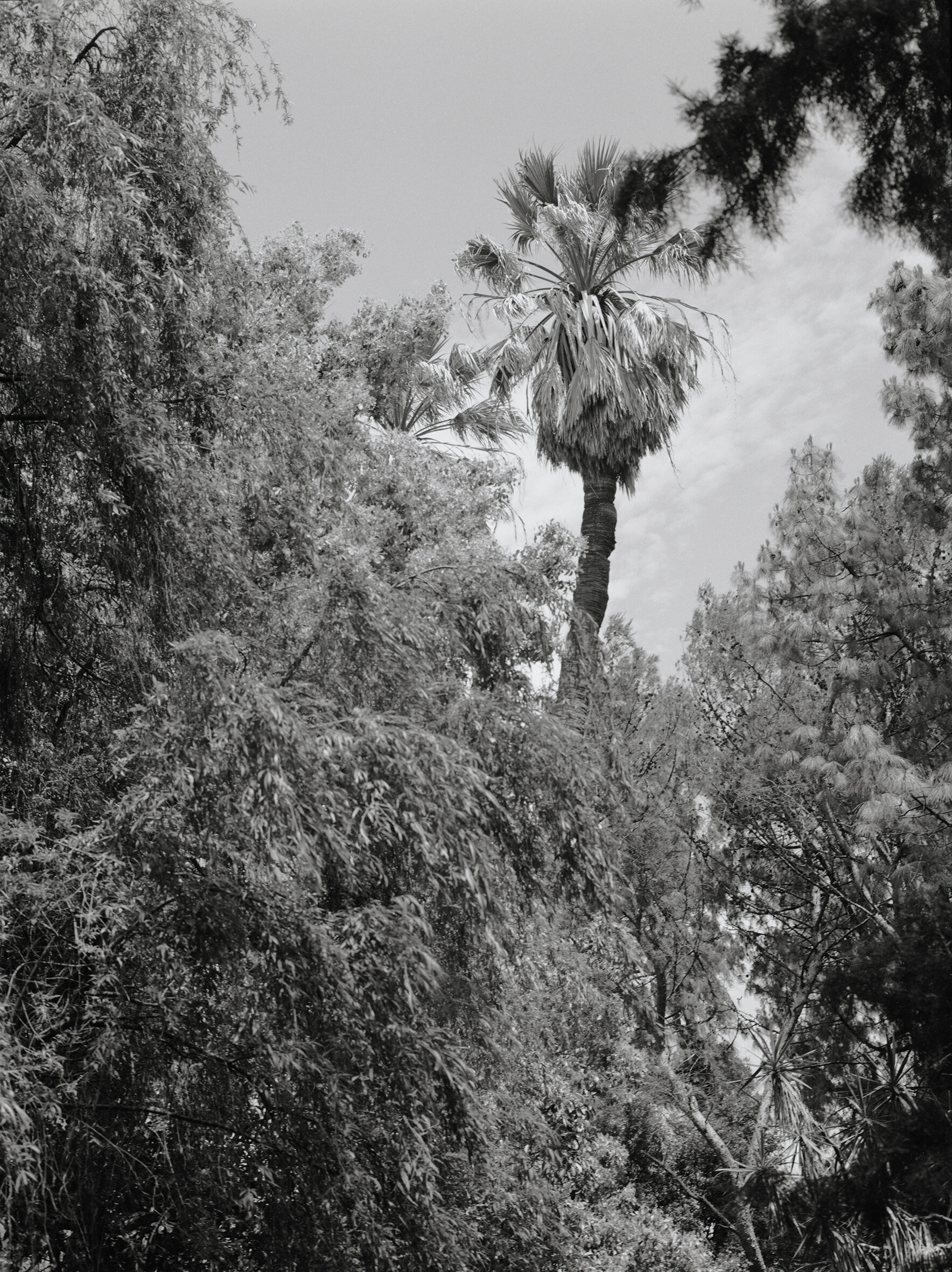Thomas Brown #24
COLLECTIVE 24
THOMAS BROWN
Collective focus on the artistic process of one emerging artist; we learn about their sculptural practice and how it relates to construction, deconstruction, or both. Questions by Joanna Cresswell.
Tell us about your process. What reference or influence do you take from other mediums? What are the important elements of what you do? My process is deeply methodical, almost scientific, inspired by those artists/ photographers who approached their curiosities in the same way, for instance Wolfgang Tillmans, Karl Blossfeldt and Irving Penn. Although at the very heart of that systematic approach is a sense of mischief and ridiculousness, life is tough, but its also pretty silly when you think about it. I’m heavily influenced by those who set out to discover what it is to experience the world around us perhaps as a way to gain some understanding of our place within it. This will include large scale sculpture and installation artists especially those operating in the Abstract end of the spectrum, such as Dan Flavin and James Turrell.
Are these pictures concerned with exploring formal and aesthetic interests, or are they representational, metaphorical? What is the weight that holds these pictures together? Perhaps I should give you a little intro to explain the concept. The Volume of Light project invites the audience to adopt images from a series of 469. Adoption is exclusive and requires the adopter to give the image a title. This title and my image will then be forever linked. The images are the result of my fascination (which goes back to childhood) with how we all perceive and decode the visual world. I remember asking my aunt, as a precocious 10yr old, how, if at all, we could be sure that we saw the same things in the same way. A very common example of one way that we don’t is colour blindness, but I was more interested in physical properties that went beyond colour. If colours have a perceptual sliding scale could shapes be perceived in different ways too? As a culture have we come to share a code or language that enables us to share these incredibly varied experiences collectively? This project specifically set out to discover quite directly how people respond to abstract imagery. The 469 images, some of which are nearly identical. One person might react to a fairly abstract object and see Batman, another might see their favourite jumper crumpled on the floor and of course another might simply see a ball of scrunched up paper.
Are you a photographer or an artist using photography? I do use a camera rather a lot. I’m not sure I see the dividing line between artist and photographer. The camera is as much a tool and a choice as any other medium. Essentially we are communicators and if the tool of choice gives your point of view clarity then you will use it. I’m also terrible at drawing, which makes my choice a little easier.
Does your work reflect on the medium of photography or the photographic image? If so, is that intentional? This project completely reflects on the medium of photography. A photograph has the uncanny ability of existing as both a flat object and simultaneously as place, person or a thing. This duality fascinates me. The images from the Volume of Light series are all essentially very familiar, they are scrunched paper, a version of the medium on which they are printed. Yet they can and have been perceived as things many times more significant. This phenomenon is known as Pareidolia, a stimulus causes the mind perceives a familiar pattern of something where none actually exists, ‘the man on the moon’ being a common example. A photograph is just arrangement of dots that form to become something else entirely. It also touches on the questions of authorship, my images are being titled by anyone that chooses to connect with them, so the they transform into something completely different once the title has been given to it. A scrunched up paper ball becomes a Pink Lady or a Dove Tale in a instant.
Typically, are your works more about construction or deconstruction? There is an element of both in this series. The construction side we have touched on already in terms of photographies inevitable creation of an illusion. The deconstructive features in physical state of the sculptures, the scrunched paper, usually the state before it’s tossed into the waste paper basket.
Are you interested in the notion of your pictures as objects? Do you think about how their physicality may endure as you are photographing them or is that an afterthought? Absolutely, the duality of photograph as a flat object and as represented 3D space always astounds me. As for how the object represented will endure after the fact, that will be down to whoever decides to adopt that particular image and what significance it has to them.
Often sculptural photographic works are concerned with elevating banal objects, situations or events to a status of ‘art’ – when does something become art for you? When it communicates something of what it means to be alive and the experience of being a consciousness.
www.thomasbrown.info
wWw.volumeoflight.com
Published by Trine Stephensen, May 2016











